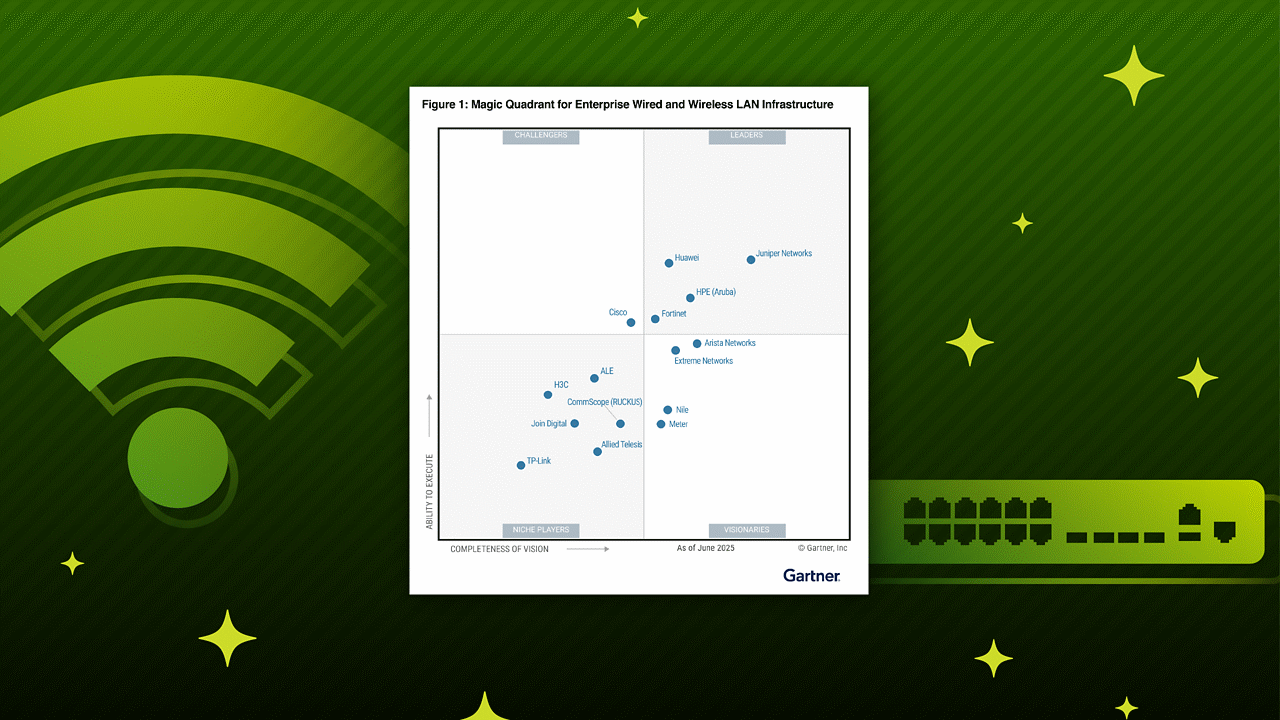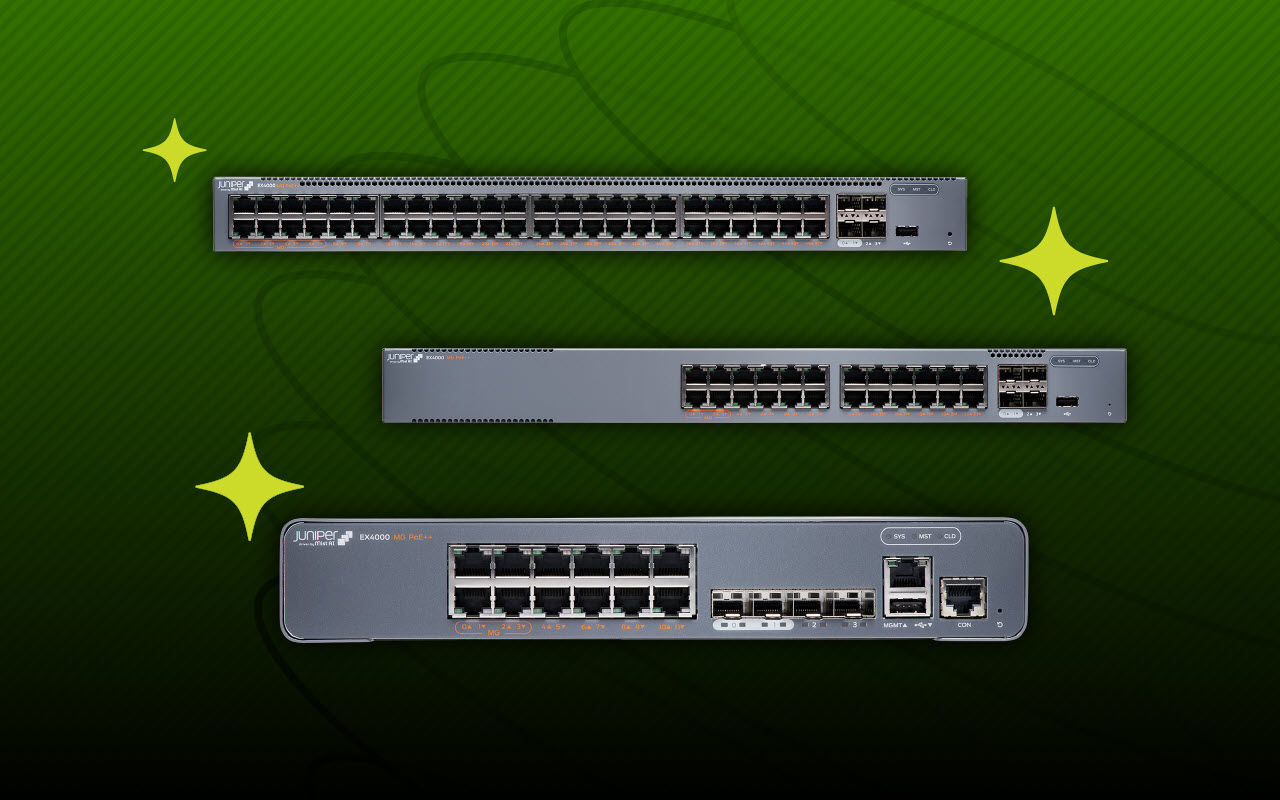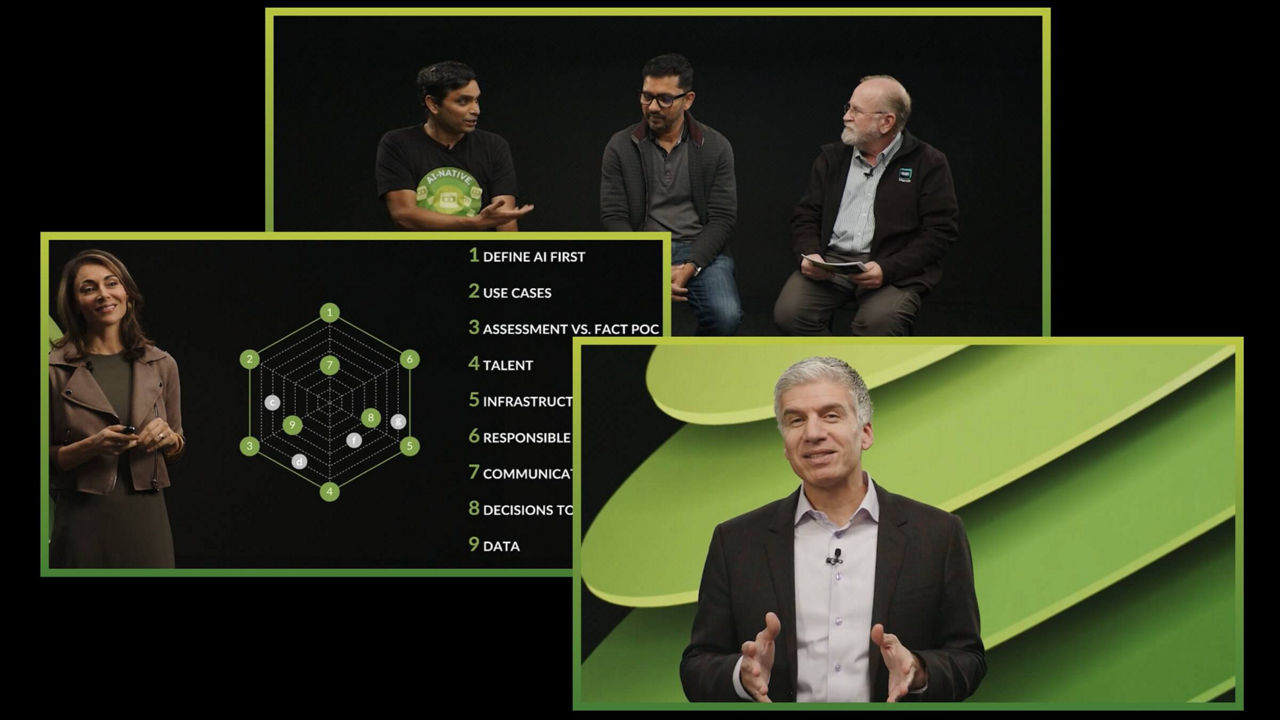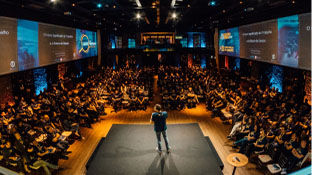Customer Success Story

Dutch Provider Cuts BGP Convergence Times from Minutes to Seconds
When A2B Internet’s network began to struggle under a burgeoning number of routing tables, the provider installed a virtual routing foundation to speed things up.
A2B Internet is a large, low-latency connectivity provider in the Netherlands that also provides IP address and routing management services. As customer traffic increased, the company sought a way to improve rerouting performance if a link were to fail.

A platform for future network automation
BGP routing table convergence reduced from minutes to 3-4 seconds
A cost-effective way to multihome its customers to increase reliability and performance
Flexibility of virtualizing several routers on a single physical server
A2B’s customers demand high levels of stability and rapid convergence at an affordable price. Under the weight of business growth, network performance was straining to keep pace. To maintain its low-latency performance, A2B needed quicker routing table convergence, network automation, and a simpler way to implement IPv6 solutions.
“Convergence time is critical for us—if a link goes down, the most important thing is fast convergence of routes,” explains Erik Bais, founder of A2B Internet. “Our technical team has a long history of working with Juniper solutions and services at other service providers and we knew that the MX Series could deliver the scale we needed, so we began investigating Juniper solutions that combined very fast convergence times with a rich set of software features.”
In addition to finding an innovative and cost-effective way of replacing its BGP stack, A2B Internet also wanted a simpler way to implement its IPv6 solutions, improve service agility, and create a foundation for increased automation.

The provider installed vMX virtual routing from Juniper. The carrier-grade vMX router has separate control, forwarding, and management planes and runs the Juniper Networks Junos® operating system on standard servers using x86 chipsets. A2B Internet runs the vMX on an open-source hypervisor supported on a dedicated bare-metal server running the Linux Ubuntu operating system.
A2B Internet selected Juniper Networks® vMX Virtual Router to solve its challenges. Running Juniper Networks Junos® operating system on standard servers using x86 chipsets, the platform ensures complete feature and operational consistency with physical MX Series 3D Universal Edge Routers.
“We were familiar with the capabilities of the MX Series routers,” says Bais, “and once we’d seen the virtual MX in the lab, we decided to move it right into the production network. It brought us all the features and the stability of the MX Series and Junos operating system in a state-of-the-art virtual package.”
A2B Internet runs the vMX on an open-source hypervisor. The server allows the vMX to address the network card directly from the virtual environment using SR-IOV. “This removes the lag you might expect in a regular virtual environment,” explains Bais, “so you can have a high-speed interface in a virtual router. And we had the whole system up and running in a couple of hours.”
A2B Internet also found that implementing IPv6 on the vMX was very straightforward, which it validated in its lab before switching their IPv4 services over to the vMX. A2B Internet now uses vMX routers for all of its Internet-facing connections.

A2B can converge a full routing table in 3 to 4 seconds, improving performance such that it is noticeable by customers. The company reports even faster convergence than with a dedicated hardware system, because it can scale routing table convergence independently from the underlying hardware platform.
“Converging a full routing table was becoming a real issue for us,” explains Bais, “but with the vMX we can now reliably converge in three-to-four seconds. Even full transit sessions can be changed in seconds, giving our customers a much faster resolution in case of BGP flaps or network problems, and customers notice that. In fact, we get even faster convergence than we’d expect from a dedicated hardware system, because with the vMX, we can scale routing table convergence independently from the underlying hardware platform.”
A2B Internet can now host true multihoming environments for its customers, using multiple vMX virtual routers to create an “ISP in a box,” with multiple transits, homing, and routers—all virtualized in software running on off-the-shelf hardware.
“Adding the vMX to our network created a great way to add value in terms of network scale, performance, and redundancy,” adds Bais, “which are major reasons our clients rely on us.”
For A2B Internet, the vMX has improved its monitoring and management capabilities, which creates new revenue opportunities for managed service offerings.
“This will definitely lead to more business,” concludes Bais. “Many of our customers have multihoming requirements but lack the desire or expertise to manage it themselves. We know how to do this. Juniper’s software-based vMX allows us to provide a fully virtualized ISP solution, built on 20 years of software feature development. Now, we have a cost-effective solution with extremely fast convergence, and a highly stable environment that enables automation and painless IPv6 deployment. For us, this has been much more than just another network upgrade.”


Published March 2017























